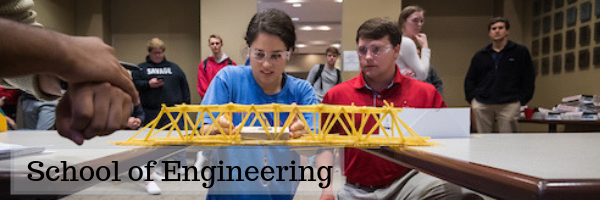
Faculty and Student Publications
Document Type
Article
Publication Date
10-30-2023
Abstract
This work presents a general framework for developing a multi-parameter 1-D chaotic system for uniform and robust chaotic operation across the parameter space. This is important for diverse practical applications where parameter disturbance may cause degradation or even complete disappearance of chaotic properties. The wide uninterrupted chaotic range and improved chaotic properties are demonstrated with the aid of stability analysis, bifurcation diagram, Lyapunov exponent (LE), Kolmogorov entropy, Shannon entropy, and correlation coefficient. We also demonstrate the proposed system’s amenability to cascading for further performance improvement. We introduce an efficient Field-Programmable Gate Array (FPGA)-based implementation and validate its chaotic properties using comparison between simulation and experimental results. Cascaded NLCS exhibits ALE (Average LE), CR (chaotic ratio), and CPS(chaotic parameter space) of 1.364, 100%, and 1.1×1012, respectively for 10-bit parameter values.We provide a thorough comparison of our system with prior works both in terms of performance and hardware cost. We also introduce a simple extension scheme to build 2-D robust, hyperchaotic NLCS maps. We present a novel reconfigurable multi-parameter Pseudo Random Number Generator (PRNG) and validate its randomness using two standard statistical tests, namely, NIST SP 800-22 and FIPS PUB 140-2. . Finally, we outline six potential applications where NLCS will be useful.
Relational Format
article
Recommended Citation
M. S. Hasan, A. Dhungel, P. S. Paul, M. Sadia and M. R. Hossain, "Normalized Linearly-Combined Chaotic System: Design, Analysis, Implementation, and Application," in IEEE Open Journal of the Industrial Electronics Society, vol. 4, pp. 486-505, 2023, doi: 10.1109/OJIES.2023.3328497.
DOI
https://doi.org/10.1109/OJIES.2023.3328497
Accessibility Status
Searchable text


Comments
The Article Processing Charge (APC) for this article was partially funded by the UM Libraries Open Access Fund.